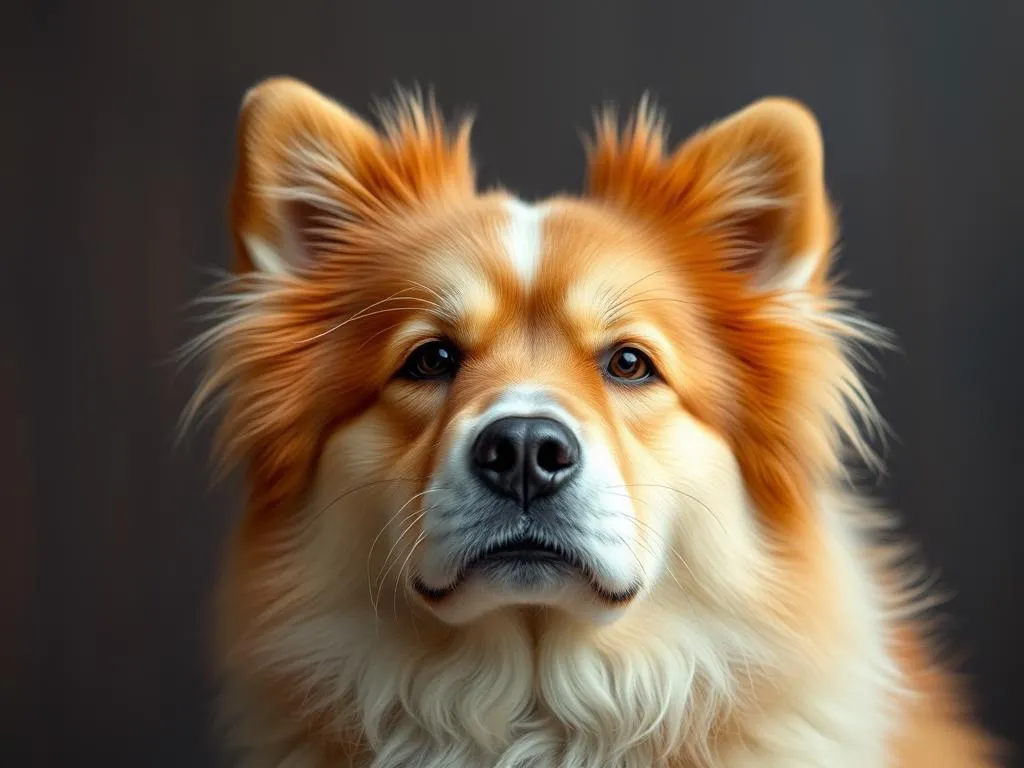
Understanding different dog breeds is essential for prospective dog owners and enthusiasts alike. Each breed comes with its own unique traits, care requirements, and behavioral tendencies. Among these breeds, the Hokkaido Dog stands out for its rich history and distinct characteristics. Originating from Japan, this breed has unique qualities that make it both an intriguing and suitable companion for the right family. This article delves into the Hokkaido Dog, exploring its history, physical characteristics, temperament, care, training, and suitability for various living situations.
History of the Hokkaido Dog
Origins
The Hokkaido Dog originates from the northernmost island of Japan, Hokkaido, where it was bred by the Ainu people, an indigenous group known for their close relationship with nature. This breed was developed to assist with hunting large game, such as deer and bears, and as a guardian of homes and livestock. The Hokkaido Dog exemplifies the resilience and adaptability needed to survive in the harsh climates of its native land.
Development
Over time, the Hokkaido Dog evolved in response to its surroundings. Its connection to other Japanese breeds, such as the Akita and Shikoku, is evident in its physical traits and temperament. The breed’s development was significantly influenced by environmental factors, which shaped its physical endurance and hunting skills. Adaptability to cold weather is one of its defining characteristics, thanks to a double coat that provides insulation against harsh conditions.
Recognition
The Hokkaido Dog is recognized by various kennel clubs, including the Japan Kennel Club. However, it is not yet recognized by the American Kennel Club (AKC), which affects its visibility and popularity outside Japan. Despite this, the breed is gaining appreciation worldwide for its loyalty and unique heritage. Today, the Hokkaido Dog is not just a working dog; it has become a beloved family companion, particularly among those who appreciate its historical roots and unique traits.
Physical Characteristics
Size and Weight
The average height of an adult Hokkaido Dog ranges from 18 to 22 inches at the shoulder, with males typically being larger than females. The weight can vary from 40 to 65 pounds, depending on the dog’s age and overall health. Compared to similar breeds like the Akita or Shiba Inu, the Hokkaido Dog is medium-sized and robust, displaying a well-balanced physique.
Coat and Color
One of the most striking attributes of the Hokkaido Dog is its coat. This breed has a double coat, consisting of a soft undercoat and a harsh, straight outer coat. This unique coat structure not only provides warmth but also protects against the elements. The most common colors include white, brindle, red, and sesame (red with black-tipped hairs). The vibrant appearance of the Hokkaido Dog makes it easily recognizable among other breeds.
Distinctive Features
The Hokkaido Dog features a broad head with erect, triangular ears and a well-defined muzzle. Its tail is curled over its back, adding to its distinctive silhouette. These physical traits not only contribute to the breed’s unique look but also serve functional purposes, such as aiding in hearing and balance.
Temperament and Behavior
General Temperament
The Hokkaido Dog is known for its loyalty, intelligence, and strong-willed nature. These dogs are often reserved around strangers but form deep bonds with their families. Their protective instincts make them excellent watchdogs, but they require proper socialization to ensure they remain friendly and approachable. Compared to other breeds, such as the Labrador Retriever, the Hokkaido Dog may be less overtly affectionate, preferring a more reserved demeanor.
Social Behavior
When it comes to social interactions, the Hokkaido Dog can be both independent and loyal. They tend to get along well with other pets, especially if raised together from a young age. Training responsiveness can vary; while they are intelligent and quick learners, their stubbornness can sometimes pose challenges during training. Consistent, positive reinforcement methods work best for this breed.
Activity Level
The Hokkaido Dog is an active breed with moderate to high energy levels. Regular exercise is crucial to maintain their physical and mental well-being. Daily walks, playtime, and mental stimulation through puzzle toys or training sessions are essential to keep this breed engaged. Activities such as agility training or hiking can be particularly enjoyable for them, as they thrive in an active environment.
Care and Maintenance
Grooming Needs
Caring for a Hokkaido Dog involves regular grooming, particularly during shedding seasons. Their double coat requires brushing at least once a week, but more frequent grooming is necessary during spring and fall when shedding occurs. Regular grooming not only keeps their coat healthy but also helps to minimize shedding around the house.
Nutrition
Proper nutrition is vital for the health of the Hokkaido Dog. A balanced diet of high-quality dog food, rich in protein, is recommended to support their energy levels and maintain a healthy weight. Owners should be mindful of portion sizes and avoid overfeeding, as obesity can lead to health issues. It’s also essential to consult with a veterinarian about any specific dietary needs based on age, activity level, and health concerns.
Health Considerations
The Hokkaido Dog is generally robust, but like all breeds, it can be prone to certain health issues. Common concerns include hip dysplasia and eye conditions. Regular veterinary check-ups and preventative care, including vaccinations and parasite control, are essential to ensure a long, healthy life. Being proactive about health can help in early identification of any potential problems.
Training and Socialization
Training Basics
Training is crucial for the Hokkaido Dog, especially during its formative months. Early socialization and training can help mitigate stubbornness and ensure a well-rounded adult dog. Positive reinforcement methods work best with this breed, rewarding good behavior with treats and praise. Consistency in commands and training sessions is key to achieving success.
Socialization Tips
Introducing a Hokkaido Dog to new environments and experiences is essential for its social development. Gradual exposure to different people, pets, and situations helps build confidence and reduces anxiety in unfamiliar settings. Group classes can provide excellent opportunities for socialization while also enhancing training skills.
Advanced Training
As the Hokkaido Dog matures, engaging in advanced training activities can further stimulate its mind and body. Consider enrolling in agility classes or obedience training to promote physical fitness and mental sharpness. Resources such as local training clubs or online courses can provide additional support for owners looking to expand their dog’s skills.
Living with a Hokkaido Dog
Ideal Living Conditions
The Hokkaido Dog is adaptable but thrives best in homes with plenty of space for exercise. While they can adapt to apartment living, access to outdoor areas is essential for their physical activity. A secure yard where they can play and explore is ideal, but regular walks and outings are crucial for their well-being.
Compatibility with Families
Families with children and other pets will find that the Hokkaido Dog can be a wonderful companion. Their protective nature makes them attentive to children, but supervision is always recommended, especially with young kids. First-time dog owners should consider their commitment to training and exercise before bringing a Hokkaido Dog into their home.
Lifespan and Aging
The average lifespan of a Hokkaido Dog is around 12 to 15 years. As they age, it’s important to adjust their care to accommodate their changing needs. Regular veterinary visits become even more essential to monitor health conditions that may arise. Owners should consider modifying their dog’s diet and exercise routine to support senior health.
Conclusion
The Hokkaido Dog is a breed that combines rich history, striking physical traits, and a loyal temperament. Understanding its unique characteristics and care needs can help potential owners decide if this breed aligns with their lifestyle. With proper training, socialization, and care, a Hokkaido Dog can be a devoted and loving companion, enriching the lives of those who choose to welcome one into their home. Whether you’re an experienced dog owner or a first-time pet parent, the Hokkaido Dog offers a unique blend of qualities that can fit well into various family dynamics.









